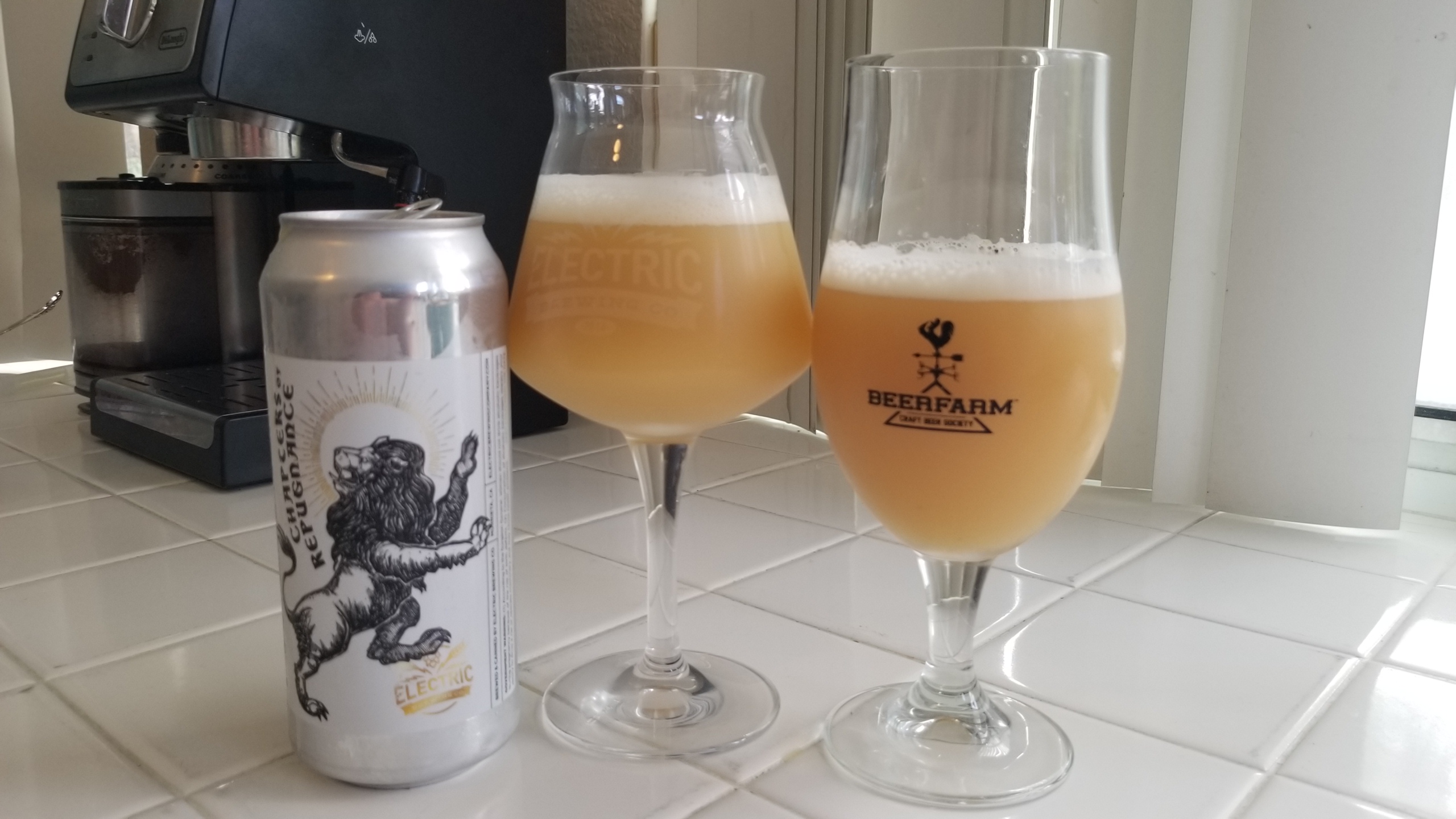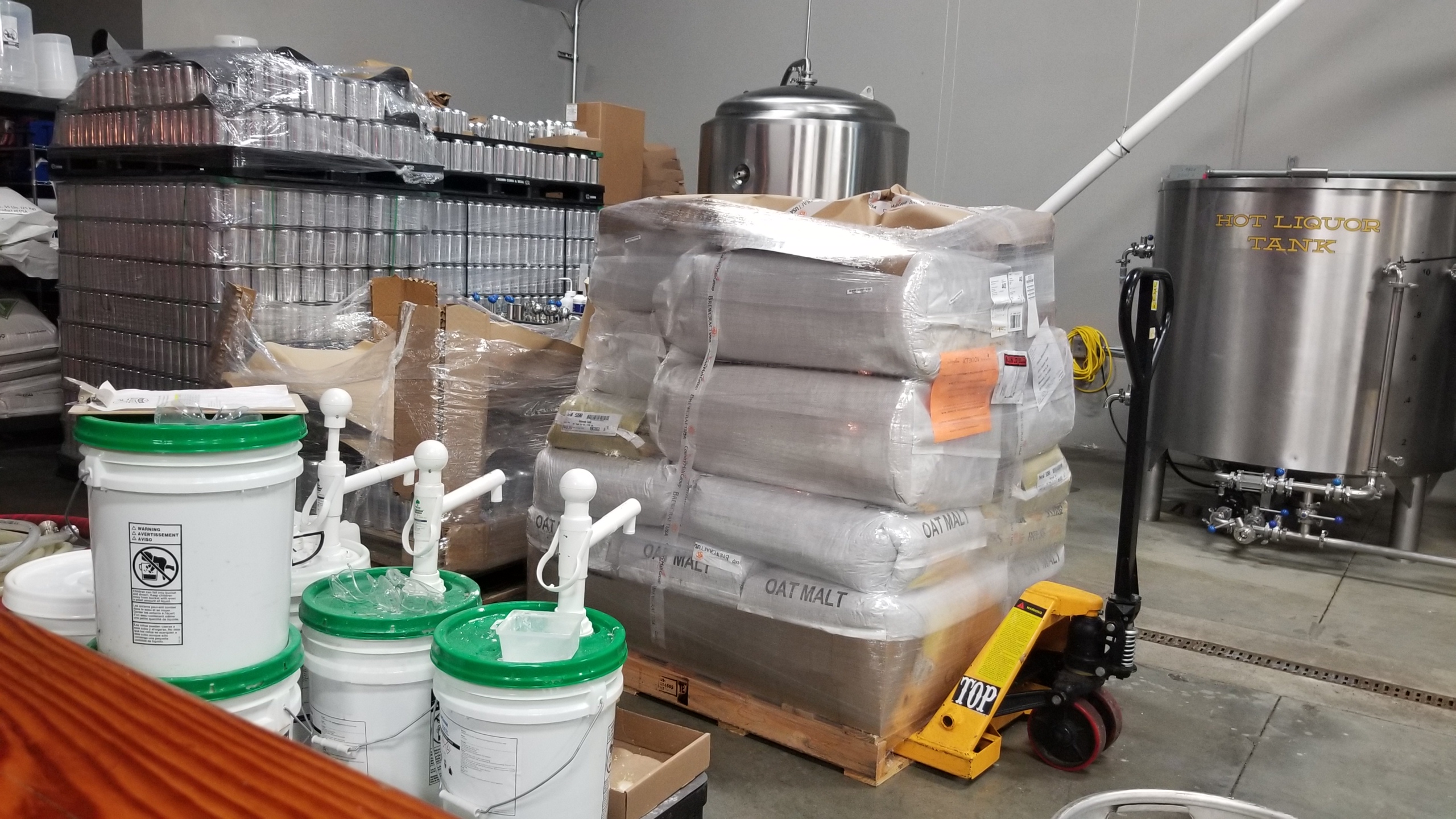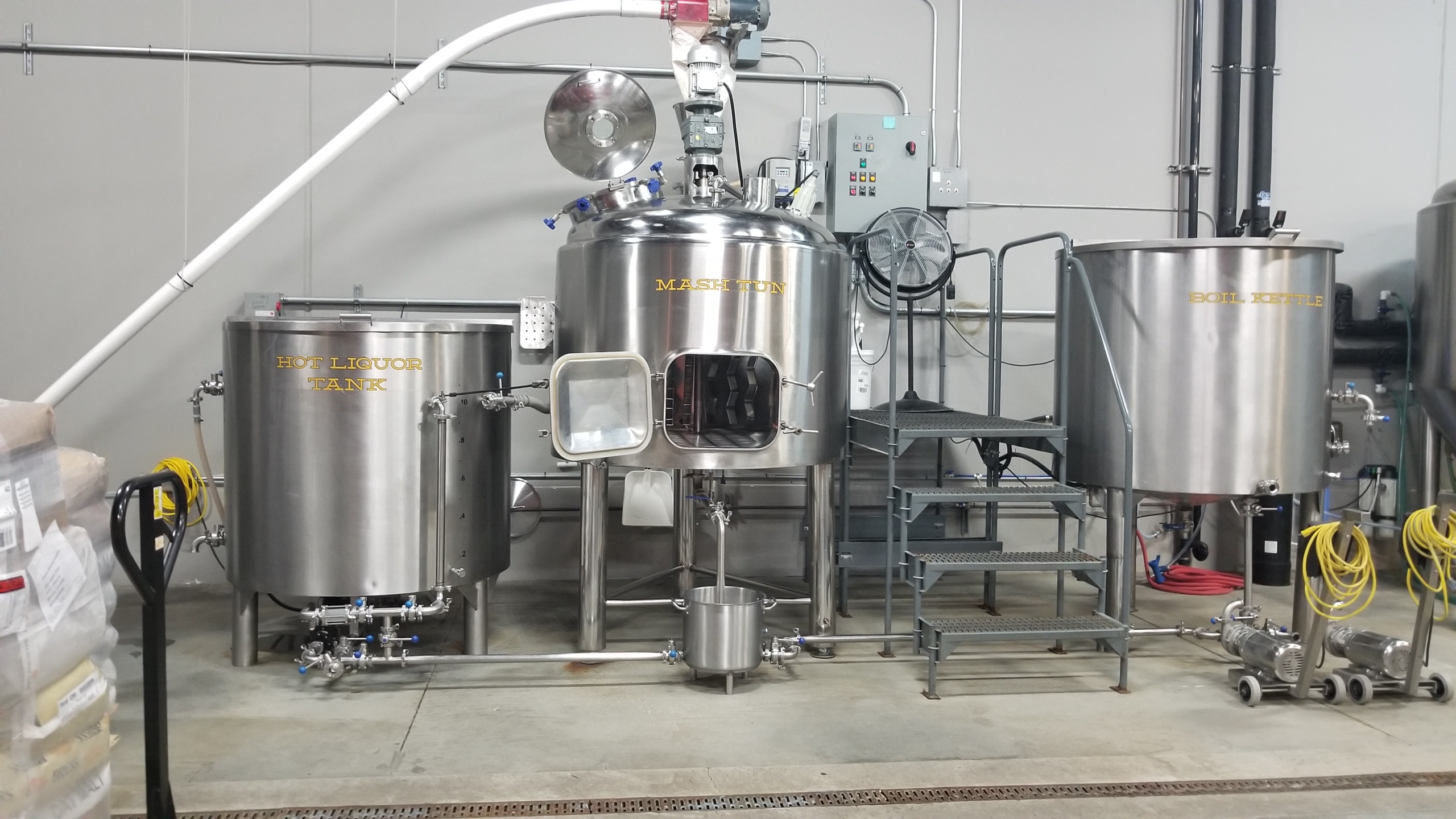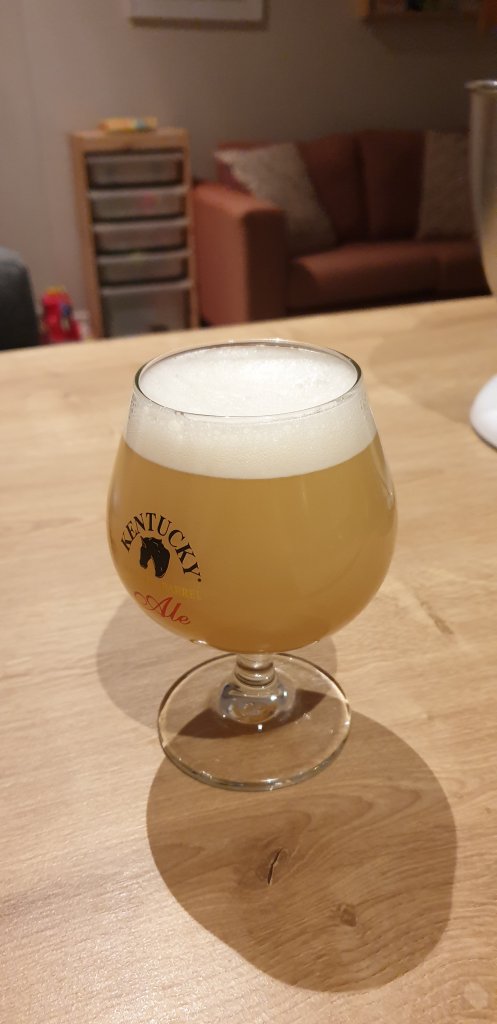I've become a huge fan of NaCl for my chloride addition. I always get this horrible minerally taste when I use a lot of CaCl. I don't get anything like that with NaCl. Plus, it's like adding salt to food. It amps up the flavor. I've gone up to about 100 ppm of Na without it tasting salty. At 100 ppm, if I really look for it, you do get a hint of salt on the tip of the tongue. But nothing overpowering.
A little bit salt (Sodium) is good for beer flavor perception. 100 ppm of Na+ may not get in the way, it may even enhance a NEIPA, but surely is a boat load for most other beers.Appreciate the tip on the NaCl. I got some mineral taste in my 146 ppm Cl brew using CaCl. It did mellow out and disappear after a week or two, but I might try the NaCl if I taste it again...
As an alternative you could add the Potassium version, KCl, to raise your Cl- ions. Also makes good storage solution for your pH probe. 'Light' or 'Reduced Sodium' salt contains KCl.
Alpha Chemicals sells it, among other minerals useful in brewing and such.
I was even thinking of using Ammonium Chloride and Ammonium Sulphate as possible substitutes for CaCl and CaSO4, but am unsure whether the Ammonium ion is actually more detectable than Sodium, tasting even more salty. I've never seen references to it for use in beer.































![Craft A Brew - Safale BE-256 Yeast - Fermentis - Belgian Ale Dry Yeast - For Belgian & Strong Ales - Ingredients for Home Brewing - Beer Making Supplies - [3 Pack]](https://m.media-amazon.com/images/I/51bcKEwQmWL._SL500_.jpg)






























